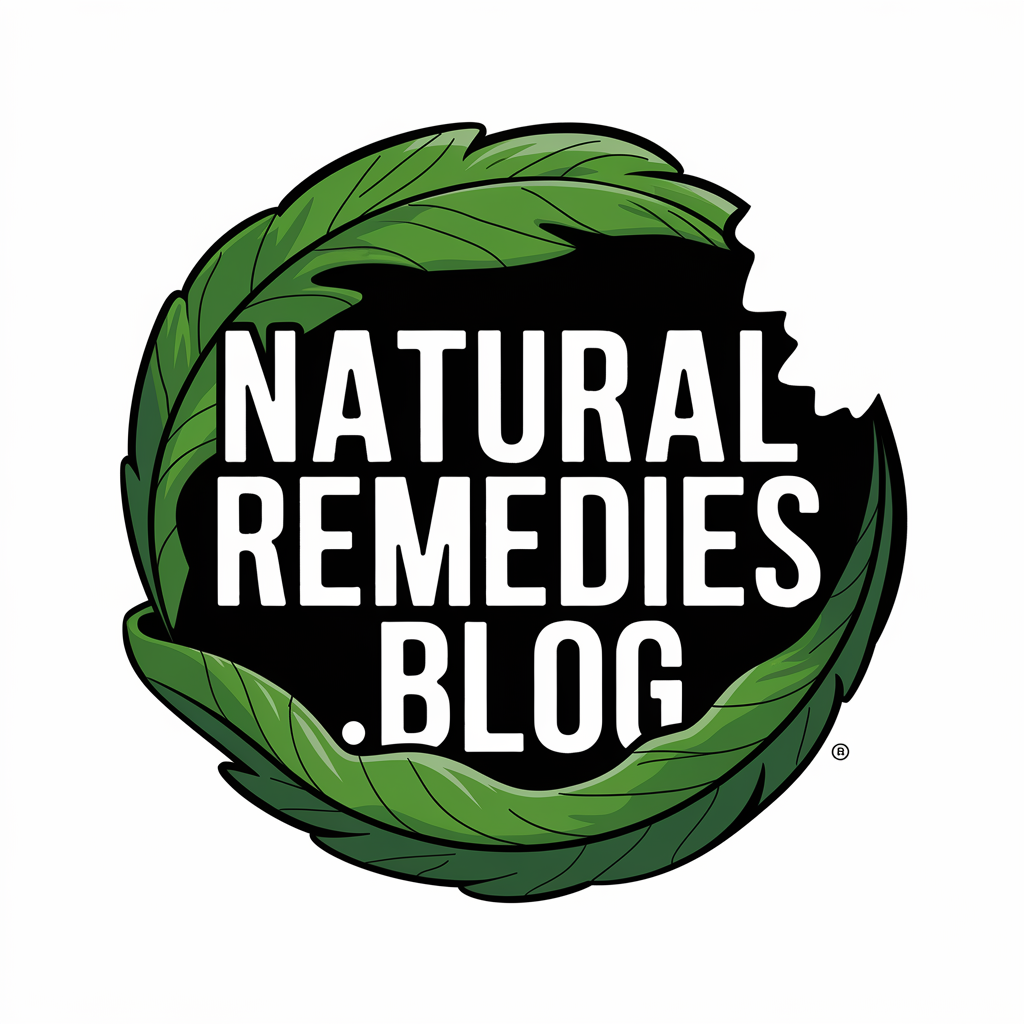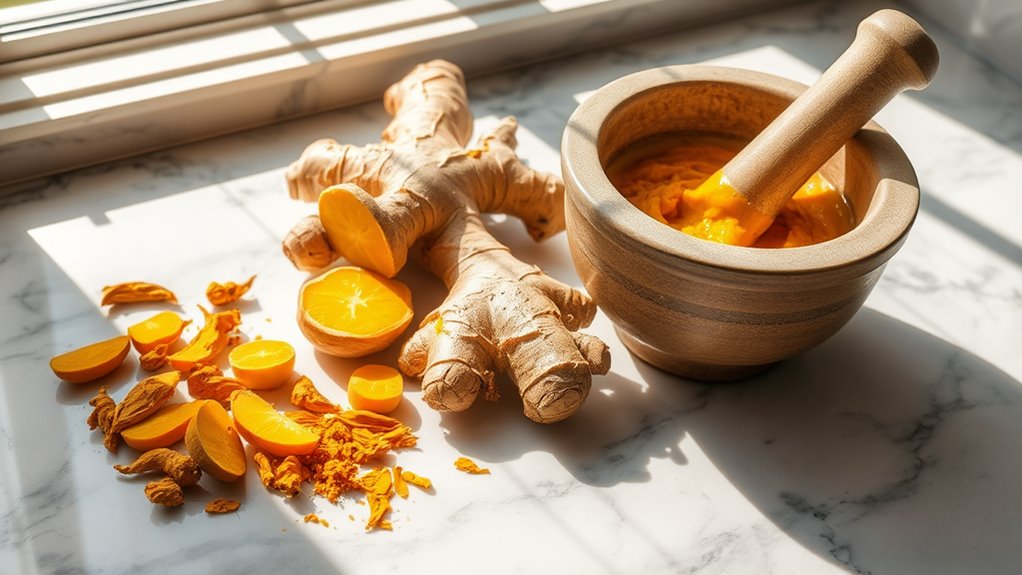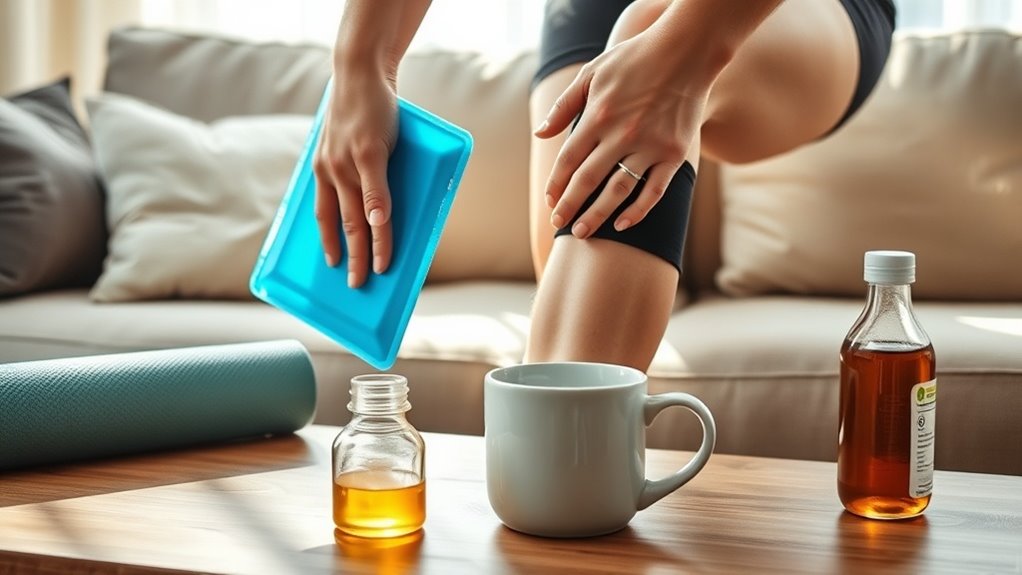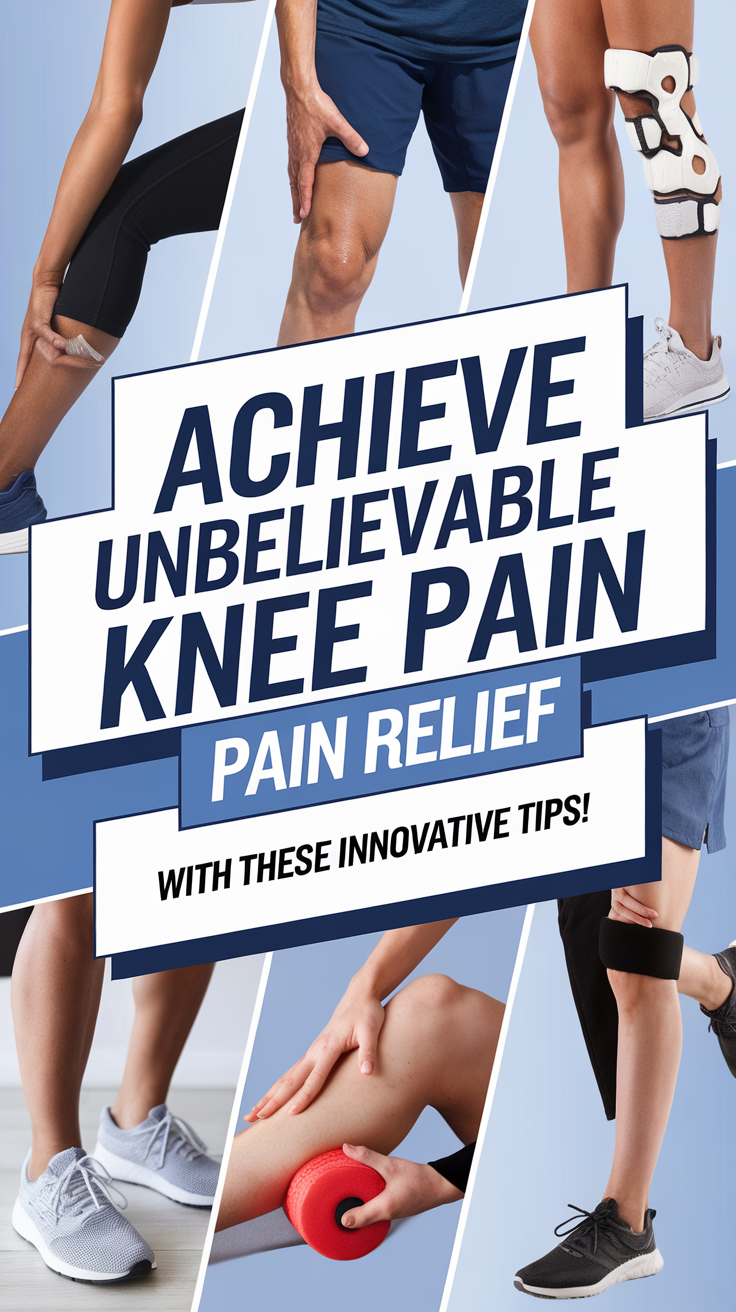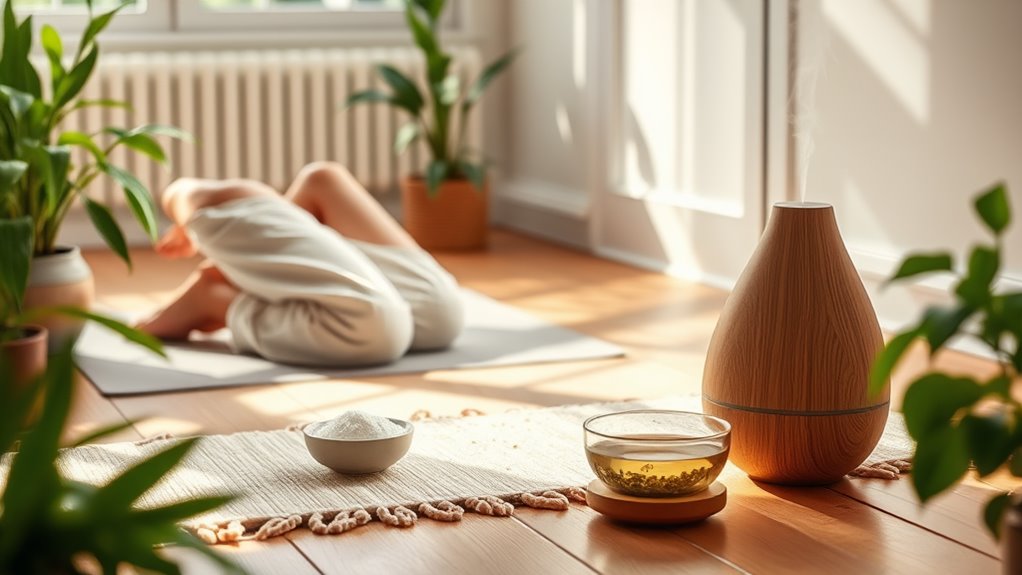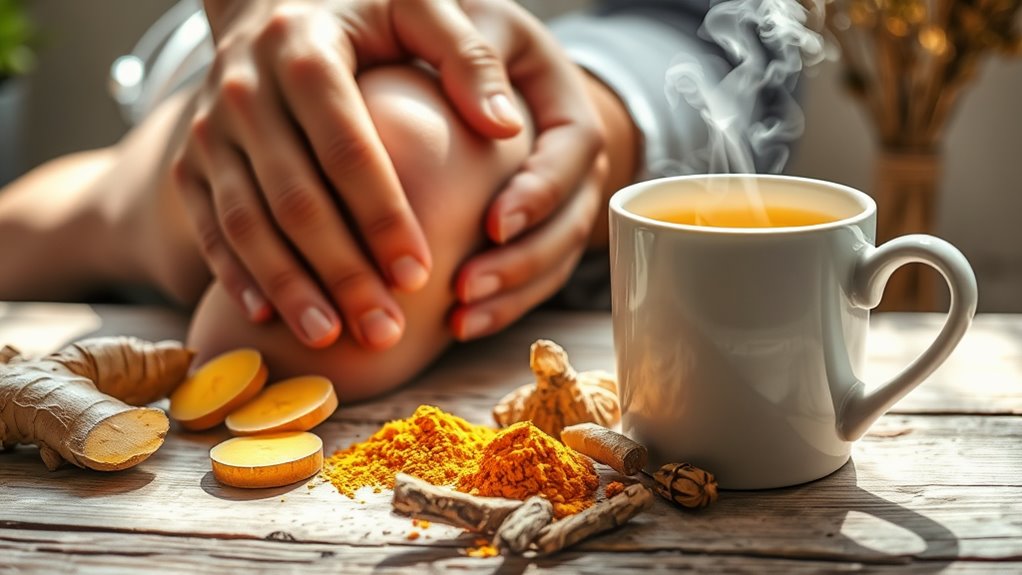My Natural Trick for Dealing With Knee Pain After Long Days
After a long day, you’ll find relief from knee pain by alternating between cold therapy (15 minutes) to reduce inflammation and heat therapy to increase blood flow. Support this with gentle stretches targeting your quadriceps, hamstrings, and calves. Stay hydrated and incorporate anti-inflammatory foods like berries and leafy greens. For enhanced recovery, elevate your legs while resting. Your journey to pain-free knees doesn’t end here – there’s a complete system for lasting relief.
Understanding the Root Causes of Post-Activity Knee Pain
While many people attribute post-activity knee pain to age or overexertion, the underlying causes are often more specific and treatable.
You’ll typically find that your discomfort stems from muscle imbalances, improper form during exercise, or inflammation in the joint tissues.
Before seeking knee pain relief remedies, it’s crucial to identify whether you’re experiencing pain from overuse, misalignment, or weakness in supporting muscles.
Your knee pain might also result from worn cartilage, tight IT bands, or poor footwear choices.
Understanding these root causes helps you target the right solution for long-term relief.
Gentle yoga-inspired movements can help strengthen the muscles that support your knees while improving overall joint flexibility.
The Science Behind Natural Pain Relief Methods
Although pharmaceutical solutions often provide quick relief, natural pain management methods work through scientifically-proven biological mechanisms. Your body’s natural pain-fighting systems respond to specific triggers that you can activate intentionally.
| Method | Mechanism | Effect |
|---|---|---|
| Cold Therapy | Vasoconstriction | Reduces inflammation |
| Heat Application | Vasodilation | Increases blood flow |
| Movement | Endorphin release | Blocks pain signals |
When you understand these mechanisms, you’ll make better choices about which natural remedy to use. The key is timing – apply cold within 48 hours of acute pain, then transition to heat for chronic conditions. Mediterranean-style diet can significantly improve joint health by reducing inflammation and supporting tissue repair.
My Daily Knee Care Routine
Understanding the science behind pain relief directly shapes my proven daily knee care routine.
You’ll want to start each morning with gentle range-of-motion exercises, followed by targeted strengthening moves that support your knee joints.
Apply cold therapy for 15 minutes after activity to reduce inflammation.
Throughout the day, maintain proper posture and take regular movement breaks.
In the evening, use heat therapy to increase blood flow and perform gentle stretches focusing on your quadriceps, hamstrings, and calves.
End your day with self-massage using arnica gel and elevate your legs while sleeping to reduce fluid buildup.
For additional relief, apply a mixture containing turmeric and ginger which studies show can significantly reduce inflammatory markers and improve joint mobility.
Essential Herbs and Supplements That Work
If you’re looking to manage knee pain naturally, turmeric and ginger have proven anti-inflammatory properties that can help reduce discomfort and swelling.
These traditional herbs work by blocking inflammatory enzymes and can be taken as supplements or incorporated into your daily diet through foods and teas.
MSM (methylsulfonylmethane) supplements support joint health by providing sulfur compounds that help maintain cartilage structure and reduce inflammation in your knee joints.
Turmeric and Ginger Benefits
Natural anti-inflammatory herbs like turmeric and ginger have shown promising results in managing knee pain and inflammation.
You’ll find these powerful ingredients can work together to reduce discomfort and support joint health.
-
Turmeric contains curcumin, which blocks inflammatory enzymes and reduces swelling in your knee joints – take 500-1000mg daily with black pepper for best absorption.
-
Ginger reduces inflammation markers and eases joint stiffness through compounds called gingerols – consume 1-2g fresh or supplement form daily.
-
Combining both herbs creates a synergistic effect, maximizing their pain-relieving and anti-inflammatory benefits when taken consistently.
MSM for Joint Support
Methylsulfonylmethane (MSM) stands as a powerful supplement for supporting knee joint health and reducing inflammation.
This naturally occurring sulfur compound helps form connective tissue in your joints while decreasing inflammatory markers that contribute to pain and stiffness.
You’ll typically find MSM supplements in doses ranging from 500-6,000mg per day. Research suggests taking MSM can improve joint mobility and decrease exercise-related soreness.
For best results, start with a lower dose and gradually increase it while monitoring your body’s response. When combined with glucosamine and chondroitin, MSM’s effectiveness in supporting joint function may be enhanced.
Simple Stretches for Immediate Relief
Four simple stretches can provide quick relief from knee pain when performed correctly.
These stretches target the muscles surrounding your knee joint, helping to reduce tension and improve flexibility. You’ll want to perform each stretch gently and hold for 30 seconds.
-
Hamstring stretch: Sit with one leg extended, reach for your toes while keeping your back straight.
-
Quadriceps stretch: Stand on one leg, bend the other knee and hold your foot behind you.
-
Calf stretch: Step forward in a lunge position, keep back leg straight and heel down.
Remember to breathe steadily and stop if you feel any sharp pain.
Regular practice of these stretches can trigger your body’s natural pain relief through the release of endorphins.
The Power of Proper Hydration and Nutrition
While many people focus solely on exercises and stretches, proper hydration and nutrition play crucial roles in managing knee pain.
You’ll need to drink at least eight glasses of water daily to keep your joints well-lubricated and reduce inflammation. Focus on anti-inflammatory foods like fatty fish, berries, and leafy greens.
Ensure you’re getting enough vitamin D and calcium to maintain bone strength. Consider adding collagen-rich foods or supplements, as they can help rebuild cartilage and strengthen connective tissues.
Don’t forget omega-3 fatty acids – they’re proven to reduce joint pain and stiffness in many people with knee problems.
Just as kidney stone formation can be prevented through proper hydration and dietary adjustments, these same practices can help protect your knee joints from deterioration.
Heat vs. Cold Therapy: What Works Best
Understanding when to use heat versus cold therapy can make a significant difference in managing knee pain effectively.
Think of it as having two powerful tools in your recovery arsenal, each serving a distinct purpose.
-
Cold therapy works best for acute injuries and inflammation, reducing swelling and numbing pain within the first 48-72 hours after injury.
-
Heat therapy excels at treating chronic pain and stiffness, increasing blood flow and relaxing tight muscles.
-
You’ll get optimal results by applying either therapy for 15-20 minutes at a time, with a thin barrier between the source and your skin.
For enhanced relief, combine temperature therapy with essential oils like eucalyptus or peppermint using gentle circular massage motions.
Lifestyle Changes That Made a Difference
Making meaningful lifestyle adjustments can significantly reduce knee pain and improve your overall joint health.
Start by maintaining a healthy weight to reduce stress on your knees. Add low-impact exercises like swimming or cycling to strengthen supporting muscles.
You’ll also benefit from proper posture and ergonomic workspace setup to prevent additional strain.
Choose supportive footwear and avoid high heels. Include anti-inflammatory foods in your diet, such as fish, berries, and leafy greens.
Get adequate sleep to support tissue repair, and take regular breaks during prolonged sitting or standing.
These changes, when consistently applied, can make a remarkable difference in managing knee discomfort.
Consider trying tart cherry juice, which research shows can help reduce inflammation and joint pain when consumed daily.
Building Strength to Prevent Future Pain
You’ll need to focus on strengthening the muscles that support your knee joints, particularly your quadriceps, hamstrings, and calves, to create a stable foundation for movement.
Regular joint mobility exercises can help maintain flexibility while reducing stiffness and promoting better range of motion in your knees.
Combining targeted strength training with mobility work creates a comprehensive approach that’s proven to reduce the likelihood of future knee pain and injury.
Target Supporting Leg Muscles
Strong leg muscles act as natural shock absorbers and stabilizers for your knees, making them essential in preventing future knee pain.
You’ll want to focus on strengthening the key muscle groups that support proper knee function and alignment.
- Target your quadriceps through exercises like leg extensions and wall sits to support the front of your knee joint.
- Strengthen your hamstrings with leg curls and bridges to provide stability from behind.
- Build up your calf muscles using heel raises and toe walks to improve overall lower leg support and reduce strain on your knees.
Consistent Joint Mobility Work
Regularly performing joint mobility exercises helps maintain flexibility and reduces the risk of knee injuries. You’ll want to focus on exercises that target the knee’s full range of motion while maintaining proper form and control.
| Exercise | Sets/Reps | Benefits |
|---|---|---|
| Knee Circles | 10 each direction | Improves circulation |
| Heel Slides | 12-15 reps | Enhances flexibility |
| Terminal Knee Extensions | 15-20 reps | Strengthens VMO |
| Wall Slides | 10-12 reps | Increases stability |
| Figure-4 Rotations | 30 seconds/side | Releases tension |
Perform these exercises daily, especially before and after physical activity. Remember to move slowly and stop if you experience pain or discomfort.
When to Seek Professional Help
Knowing when to seek professional medical help for knee pain can prevent long-term damage and complications. You’ll need expert evaluation if your symptoms persist or worsen despite home remedies and rest.
-
Schedule an appointment if your knee pain lasts more than two weeks, shows visible swelling, or prevents you from bearing weight on the affected leg.
-
Get immediate medical attention if you experience severe pain after injury, hear popping sounds, or notice significant joint deformity.
-
Don’t delay seeing a doctor if you develop fever, redness, or warmth around the knee joint, as these could indicate infection.
